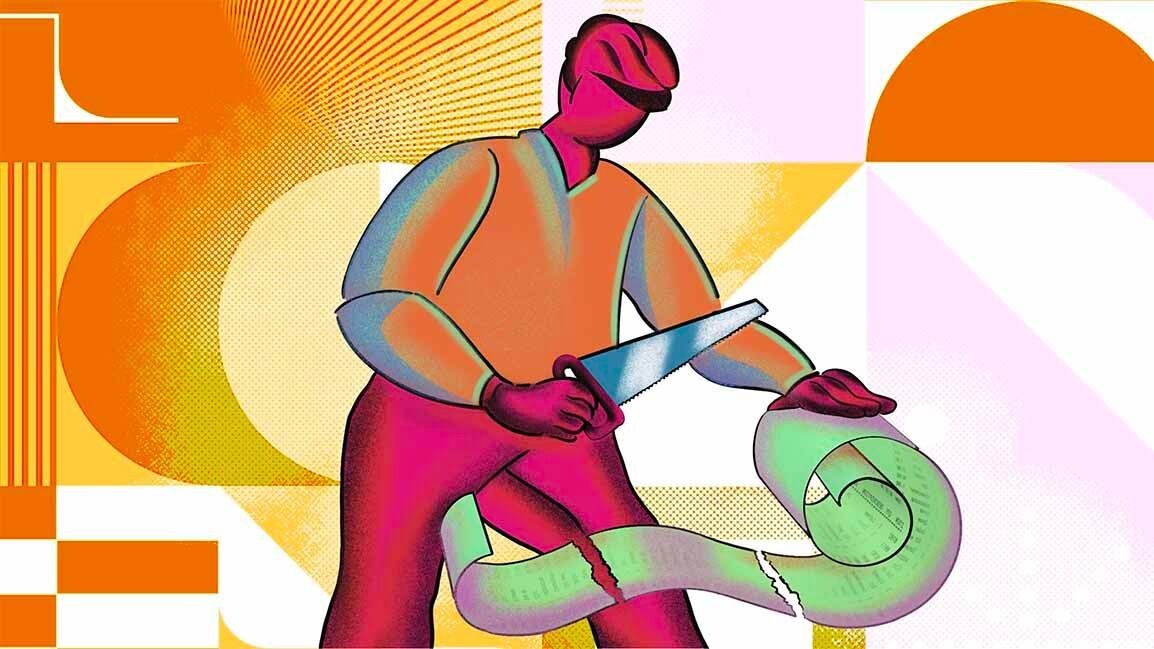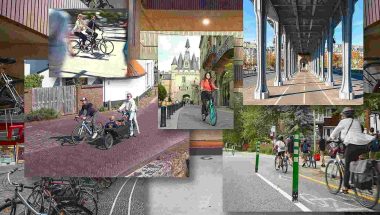- | 9:00 am
Is Buy Now, Pay Later changing how consumers behave? These platforms are counting on that
By allowing consumers to break down payments for purchases into four interest-free installments, BNPL also drives up sales for ecommerce.

Aliya Al Shehhi walked into an Apple store with excitement and anticipation to buy the iPhone 13 Pro Max, but the $1099 price tag was more than what she had saved up for. Thankfully Buy Now Pay Later services now make it possible for her to purchase the premium handset and pay in parts.
More than 10% of consumers shopping online in the UAE had used the BNPL platform during the height of the pandemic. About 30% of digital shoppers will be using the payment option by 2026. Why wouldn’t someone be inclined to pay small bills in four interest-free installments?
With more than a million users in the UAE and Saudi Arabia, Tabby is the Middle East’s leading BNPL services provider. Last year, it partnered with retailers such as the Majid Al Futtaim Group and joined the rising Saudi fashion platform Styli. These deals are driven by the increased sales and repeat purchases that retailers have witnessed after providing flexible payments through the BNPL model.
“Retail chains get benefits as they witness an improvement in conversion rates, an increase in basket sizes (AOVs), and enhanced repeat purchase rates,” says Spotii CEO Anuscha Iqbal.
About 168 million people in the Middle East don’t have basic banking services, and BNPL provides them access to credit. The Egyptian BNPL platform Shahry targets the underbanked as its key consumer base. This approach has triggered 100% month-on-month growth for the flexible payments app.
The scheme also drives the shift towards digital payments as a viable alternative to cash on delivery. It reduces the pressure of collections on merchants and makes online shopping more attractive. By replacing high-interest credit card payments in the Middle East, BNPL is beneficial for both consumers and merchants.
“Merchants are generally a key success factor for BNPL since they constitute the main customer acquisition channel. So the more traffic a merchant has, the more do both business parties (merchant and BNPL) benefit,” says Sherif ElRakabawy, CEO of Shahry.
With the surge of online shopping backed by a connected ecosystem in Gulf economies, the demand for flexible digital payments also registered an uptick. This year, the BNPL sector in the Middle East is expected to grow by almost 100%, positioning the region as a strong market for the service.
BNPL ATTRACTS GLOBAL ATTENTION
Mastercard too introduced its BNPL service in UAE and Saudi Arabia called Mastercard Installments. The global payments giant enables banks, fintech apps, and e-wallet providers to offer flexible, interest-free installments to consumers in the region. It also provides fraud protection to users, who can also challenge unrecognized transactions.
Mastercard’s global peer Visa has joined hands with Tabby to launch virtual cards. Activated through the Tabby app, these cards can divide payments into four installments once tapped at checkout terminals. The UAE-based Mashreq Bank has also introduced BNPL service Visa Installments to its customers, demonstrating partnerships that can take such services to more consumers.
About collaborations between banks and apps facilitating BNPL, ElRakabawy adds, “Banks can generally help in two ways. First, provide access to their customer base, which is not material given that BNPL has broader access to customers through partner merchants), and provide capital for BNPL companies to lend their customers.”
Highlighting the influx of banks in the BNPL space, Iqbal says, “BNPL players can allow banks to make the most of their traditional strengths and capital while expanding into new, innovative credit options, including short-term microloans.”
Mentioning how such partnerships depend on the country’s policies, ElRakawaby adds, “The latter is not easy in heavily regulated banking industries, where lending to new BNPL startups with negative cash flows is considered risky.”
This brings us to the role of government policies in the growth of flexible payment schemes across the Middle East.
A POSITIVE APPROACH TOWARDS INNOVATION
From AI, fintech, and crypto, the UAE has been adopting the latest tech by the UN, alongside Saudi Arabia and Bahrain. The UAE-based payments app Postpay has recently secured a Sharia clearance for its BNPL offering to provide services. The support for its interest-free, three-part payment service from the Shariyah Review Bureau highlights swift government approval for fintech players.
Regarding growth prospects, Iqbal says, “Countries like UAE and Saudi Arabia are leading the BNPL with the maximum number of users and all the key players operating in these countries. Bahrain is the third potential and a key market for digital evolution in the region.”
Speaking of legalities, BNPL in the UAE can be treated as credit under the current laws, and fintech startups offering them are governed by authorities of free zones where they’re located. The ecosystems such as the Dubai International Financial Centre (DIFC) and the Abu Dhabi Global Market (ADGM) are designed to support firms, allowing perks such as 100% foreign ownership and tax exemptions. Such an environment is also conducive for payment apps offering credit via BNPL.
On the other hand, Saudi Arabia asked BNPL platforms to get a permit or face legal action last year. But the announcement of an open banking framework in the kingdom this year can change things for flexible credit providers. For one, it can break the monopoly that banks have on payment services and encourage them to partner with diverse platforms to offer BNPL schemes.
Amendments to norms for financial firms in Bahrain will encourage the BNPL sector through eased ownership restrictions and management structures that support tech-based models. The scheme only faces restrictions in Qatar, but that may change after a Qatar Financial Centre official’s statement that he would encourage the regulator to accept the service, may change things.
HOW ARE CONSUMERS REACTING
It’s not surprising that a model breaking down payments in installments is popular. Explaining why consumers love BNPL, ElRakabawy says, “Consumers can afford to buy more for less upfront. They can buy pricier and more items with typical down-payments from zero to max 25% and 0% APR.”
“I see that splitting payments as a consumer behavior is, in fact, universal, driven by the psychology of consuming now and worrying about payments later,” he adds.
Flexible payments, which are relatively light on the monthly budget, also increase sales by bringing down cart abandonment rates on ecommerce sites.
ElRakabawy sees “emerging countries with historically low consumer purchase power and high inflation” as more fertile markets for flexible payment services. He says, “In countries such as Egypt, BNPL targets the lower-income segment through long-tenure offering rather than the typical three-month payment split.”
The ability to pay in parts may allow people to buy more, but it also allows people to plan their expenses better. Describing the role of BNPL in regulating cash flow, Iqbal says, “It allows consumers to afford what they love today and pay over time, to preserve their cash flows at no additional expenses. This creates a balance between the desire for immediate purchasing and the necessity for long-term budgeting.”
Digital transactions had already replaced cash and received a boost during the pandemic. By allowing people to buy more and pay in interest-free installments, BNPL has further swayed people away from the cash-on-delivery model in the Middle East. This payment method is here to stay. “The pandemic accelerated the move away from cash as it’s predicted to lose further ground at physical point-of-sale (PoS), accounting for 51.7% by 2024, suggesting that this shift is likely to be sustained and permanent,” says Iqbal.







































